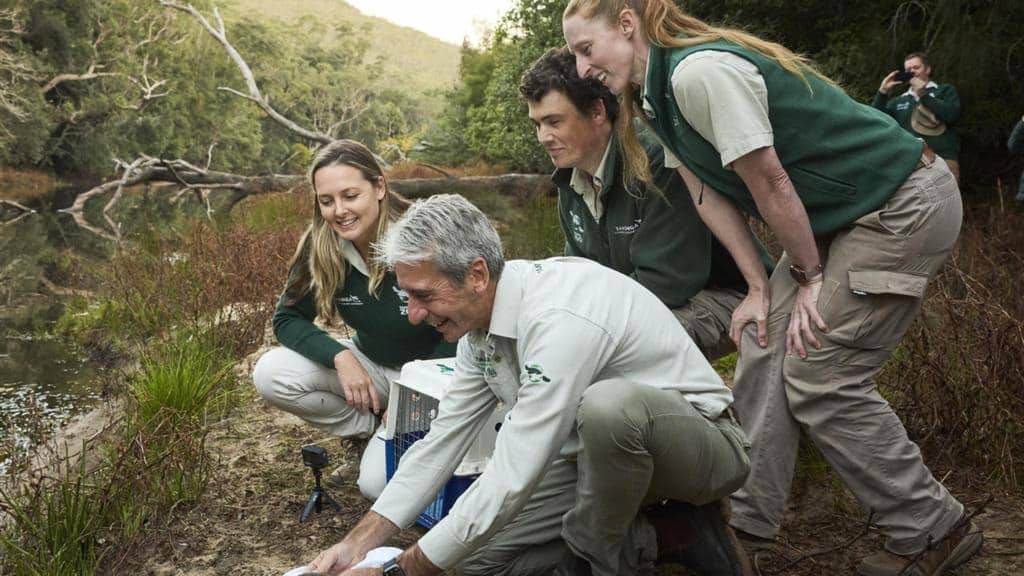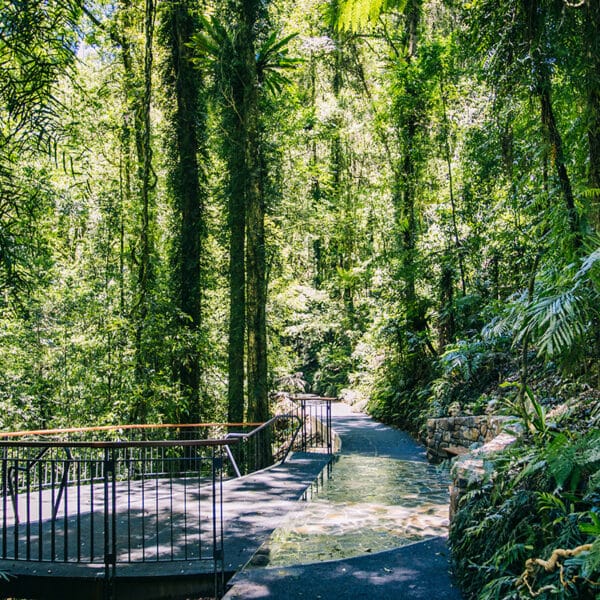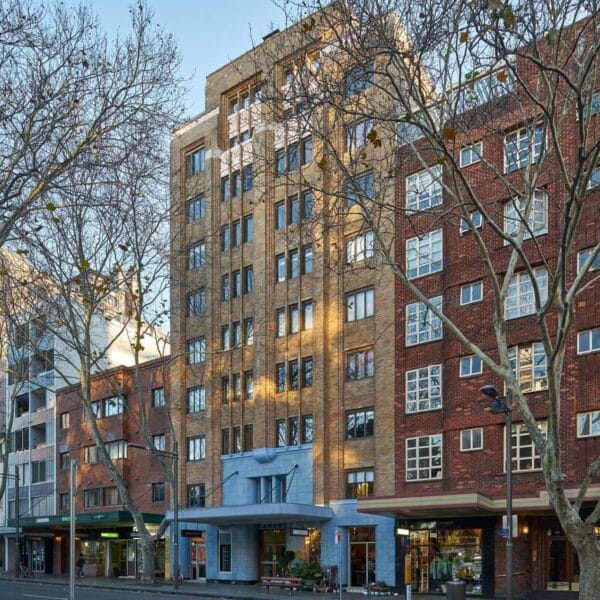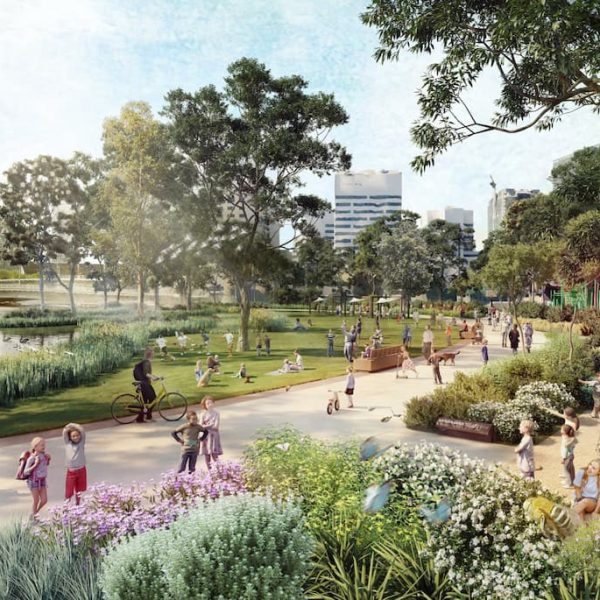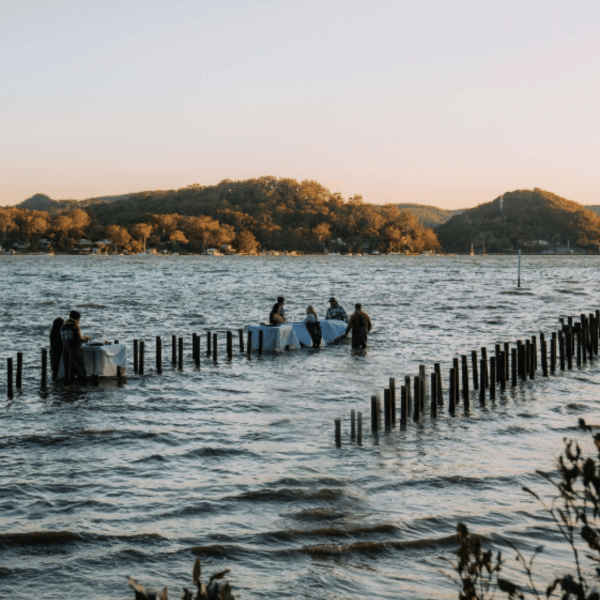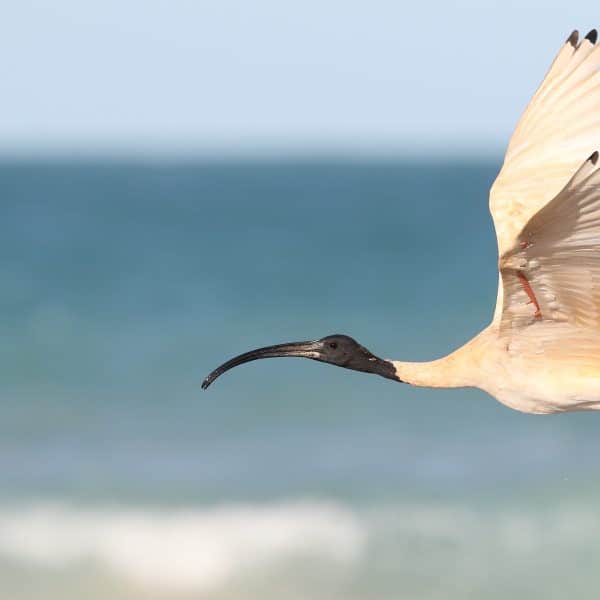In the first ever translocation program of its kind in New South Wales, platypus have returned to Royal National Park after being locally extinct for 50 years, re-establishing a self-sustaining and genetically diverse platypus population.
The project is a collaboration between the NSW National Parks and Wildlife Service (NPWS), Taronga Conservation Society Australia, UNSW Sydney and WWF-Australia.
“The iconic platypus is under immense pressure. The work that has gone into this project to get to the point of releasing these platypus is essential to assure the security of these species into the future,” said NSW Environment Minister Penny Sharpe.
Five female platypus were released into the park this week and will be followed by 4 males in the coming week once the females have successfully established their territory.
The platypus were collected from southern NSW to ensure genetic diversity and brought to Taronga Zoo’s purpose-built platypus refuge.
They received veterinary health checks, were assessed for release, and fitted with transmitters.
“The reintroduction of platypus to the Royal National Park is more than just about returning an iconic species to its home; it’s about restoring balance to the ecosystem and reinforcing our commitment to conservation,” commented Dr Gilad Bino, UNSW’s Centre for Ecosystem Science.
Ongoing monitoring and tracking by UNSW and WWF-Australia will determine the success of the re-introduction to the park.
Platypus are under threat from habitat destruction and fragmentation.
These factors are increasing extinction risk to platypus populations and their resilience to endure extreme climate events.
